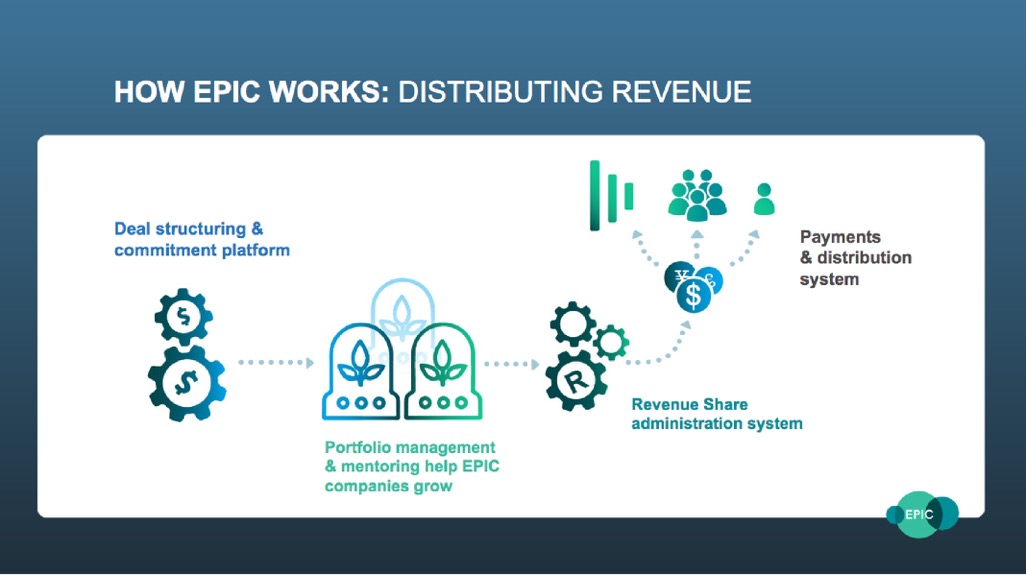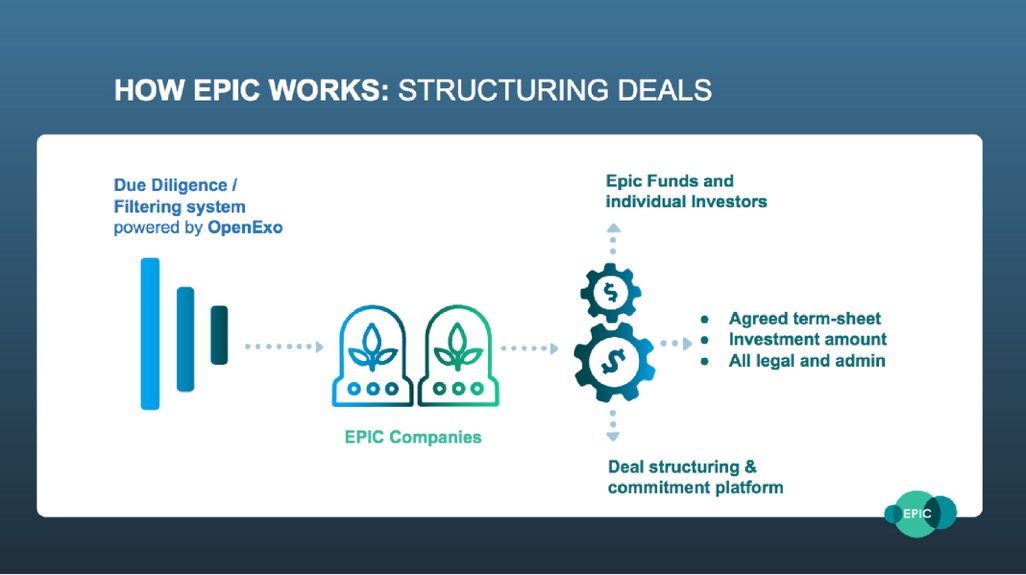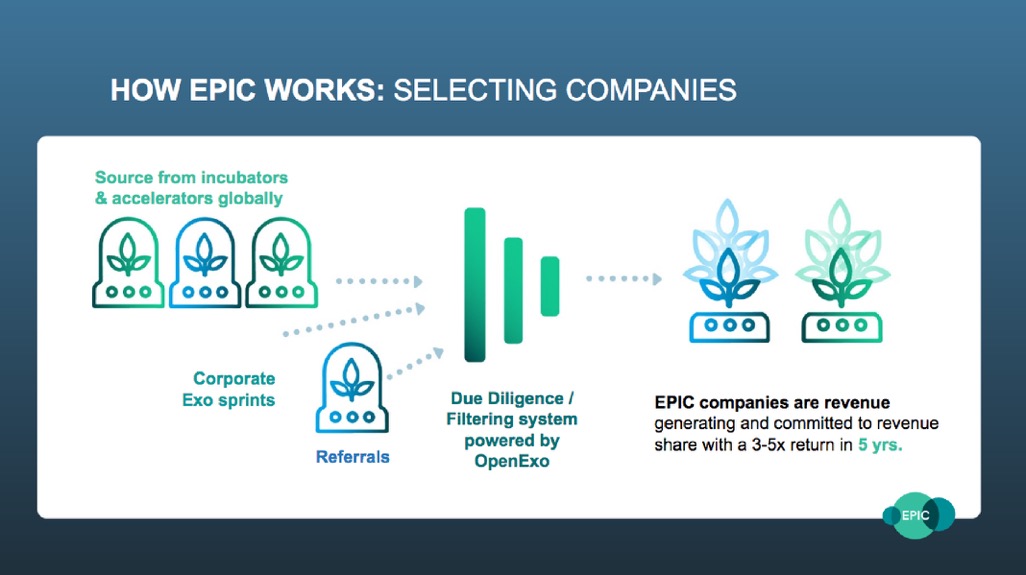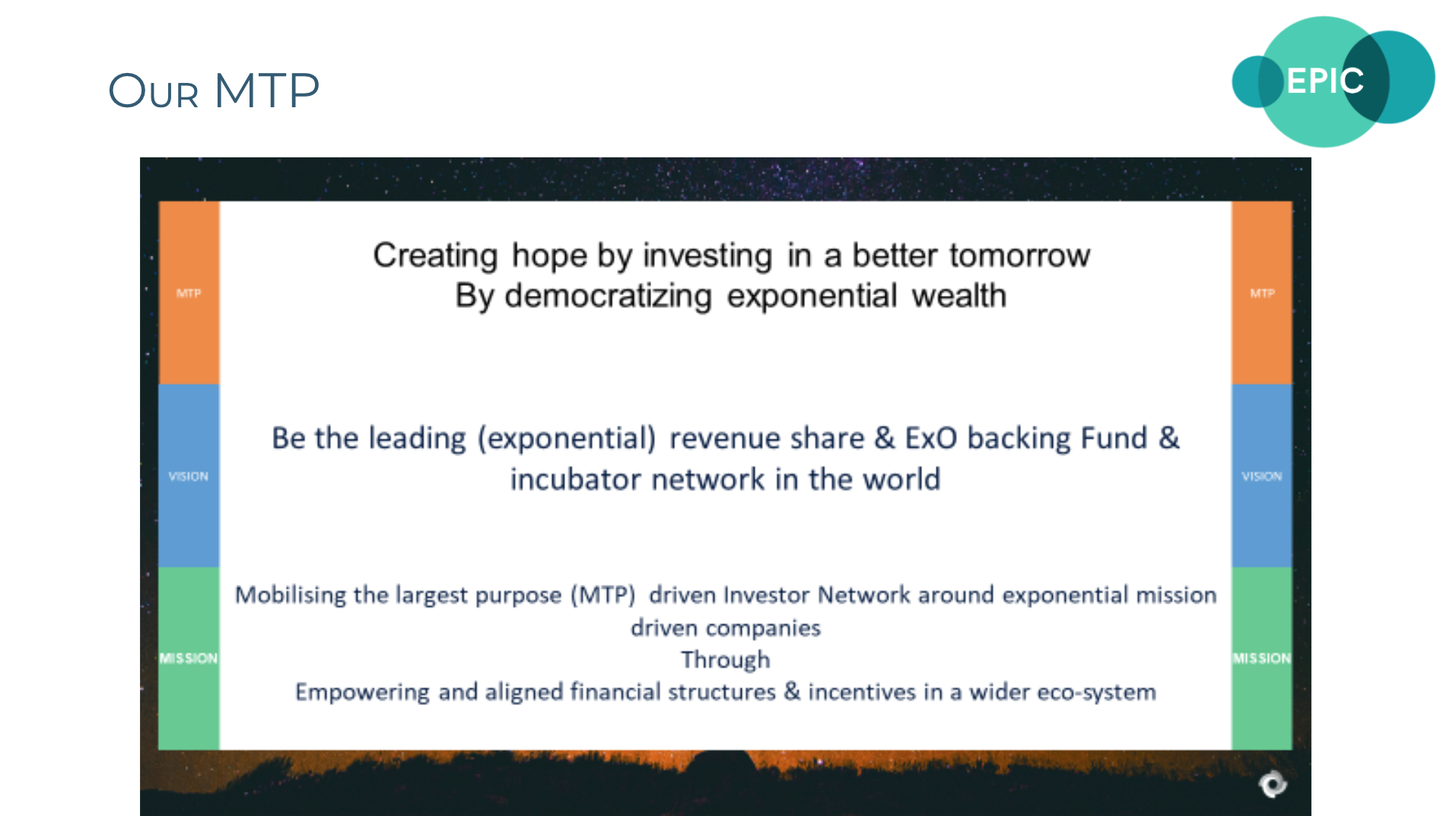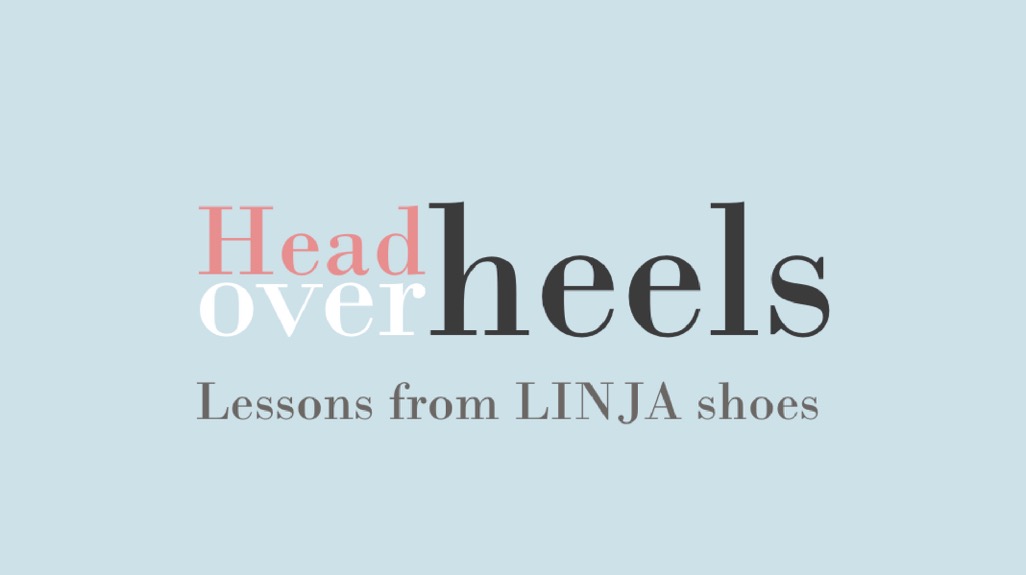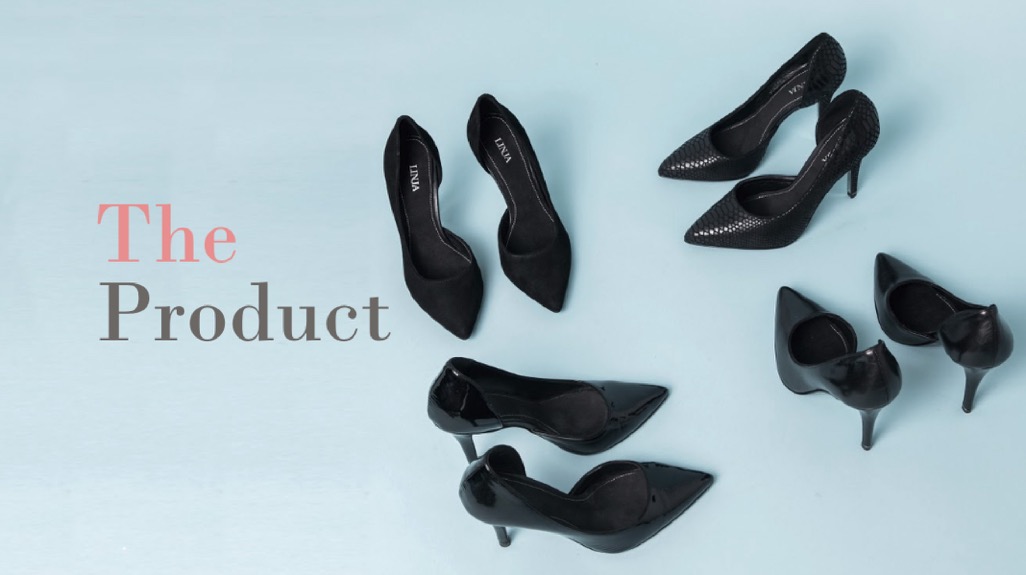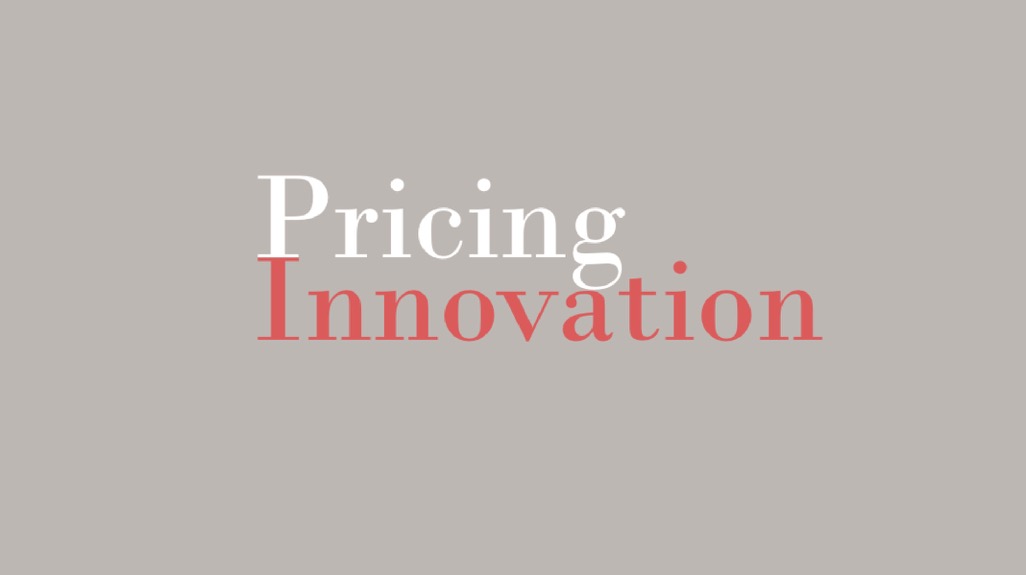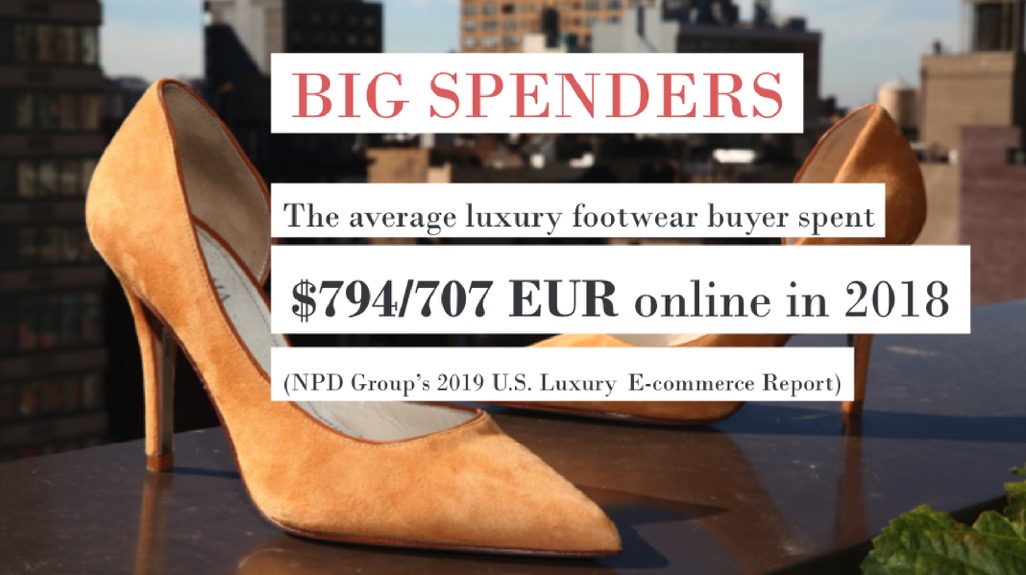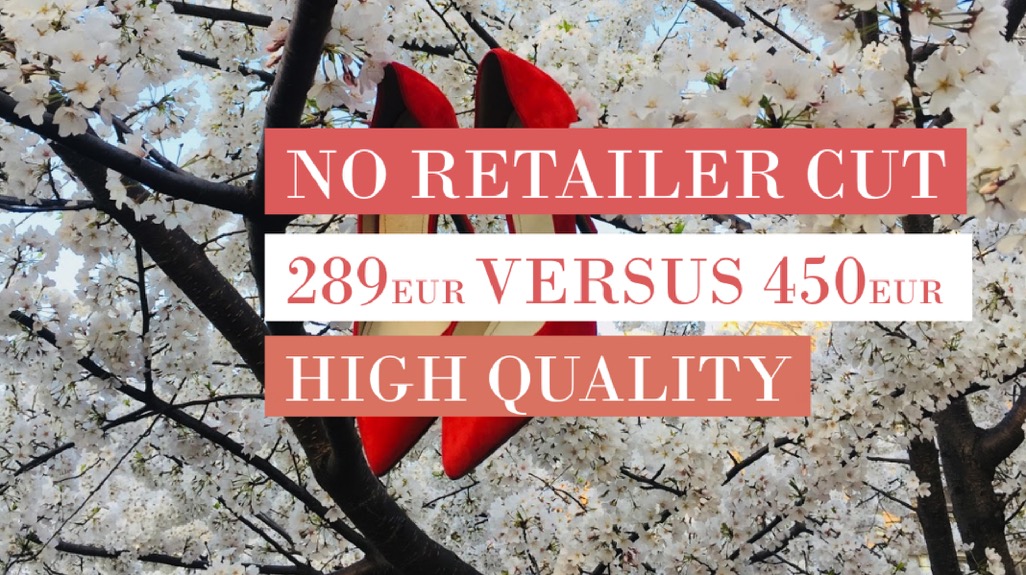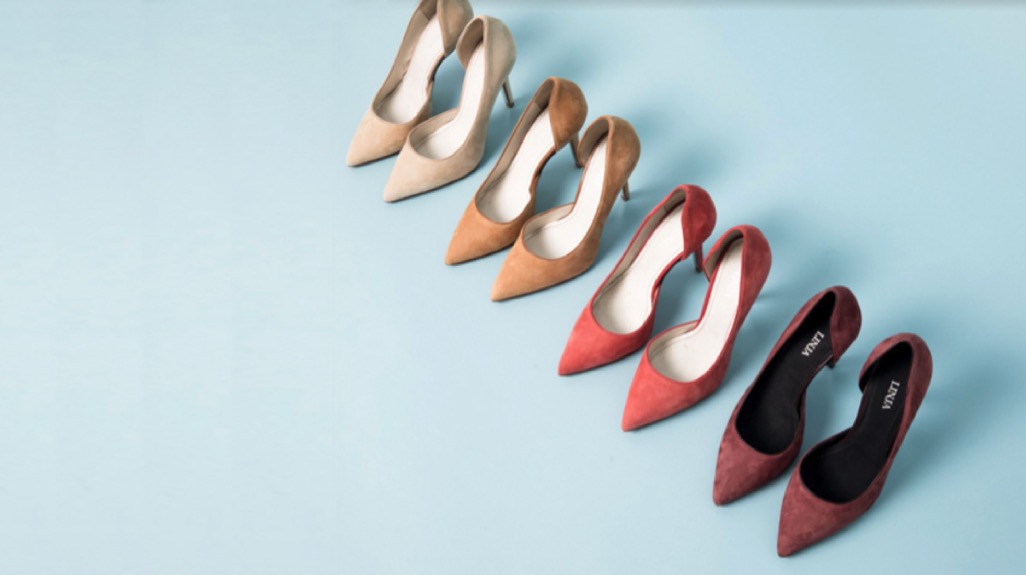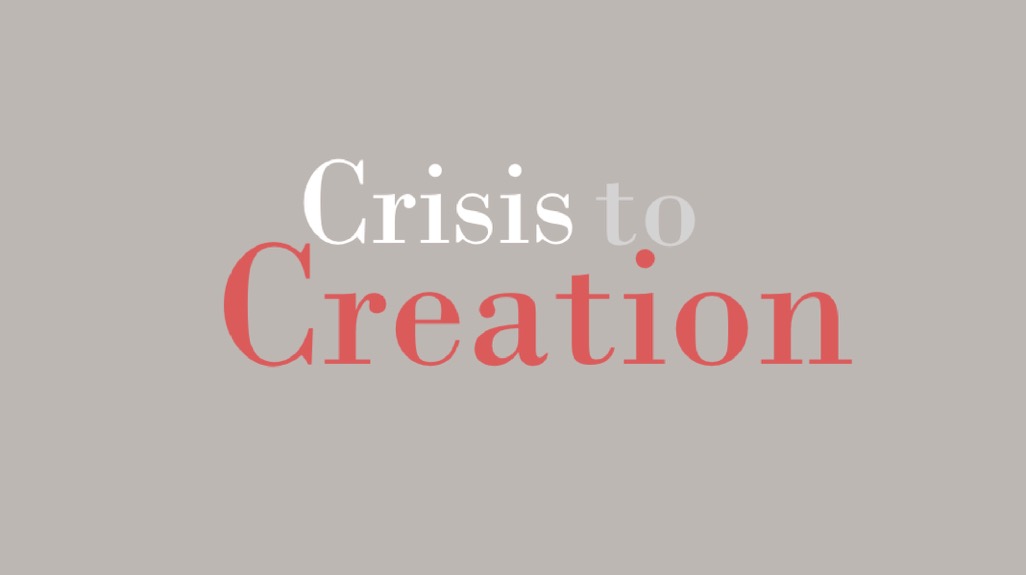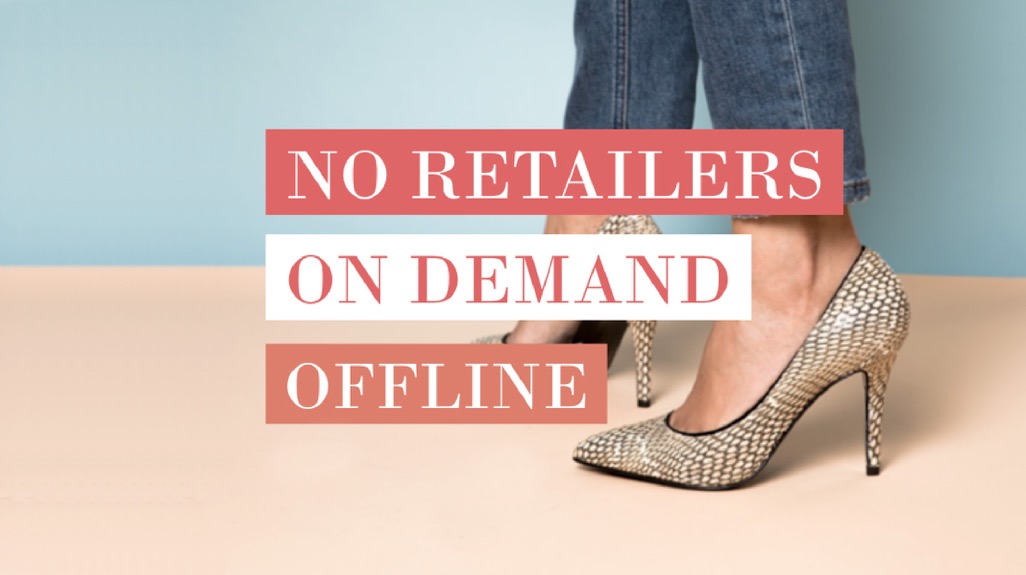An art director and a technology journalist made over an investment entrepreneur’s sales deck. Here is what we learnt.
An EPIC investment opportunity
EPIC co-founder Elianne Oei wants to give a much wider range of people the opportunity to invest in early stage companies. “I want to have more equitable distribution of wealth,” she says. “Right now, the rich have a lot of options to get richer. The threshold for investing in exponential companies is still high. Normal people like my Mum or my sister can’t step in because you need $1 million or $5 million or $20 million.”
Exponential companies have a massive, transformative purpose (such as Google’s “Organize the world’s information”) and a set of organizational attributes which allow them to achieve it. EPIC investors can invest in revenue-making, exponential companies which are aligned with the UN’s sustainable development goals. Investment starts at $2000 per deal and EPIC companies share a percentage of their revenue with investors instead of giving up company equity.
EPIC selects the best companies, structures the revenue-sharing deals and pays out regular revenue share to investors. Eli needed a presentation which would convince potential investors to take the first step towards investing with EPIC.
Get to the point fast
Eli already had a draft presentation for EPIC’s monthly online information session for investors. In an online setting the audience is even more likely to drop out than during a live presentation so it’s crucial to get their attention fast. Eli’s original presentation had 45 slides and the product wasn’t fully defined until slide 42. Even when some preamble or definition of terms is required to explain the offering (as in EPIC’s case) it’s essential to get your core concept across in the first few slides. We reworked the slides so the opportunity for investors is clearly defined at the start of the presentation.
“It’s really being clear about the key messages and the purpose of the presentation.,” says Eli. “You did an excellent job of clarifying those and condensing it down. That was very valuable.”
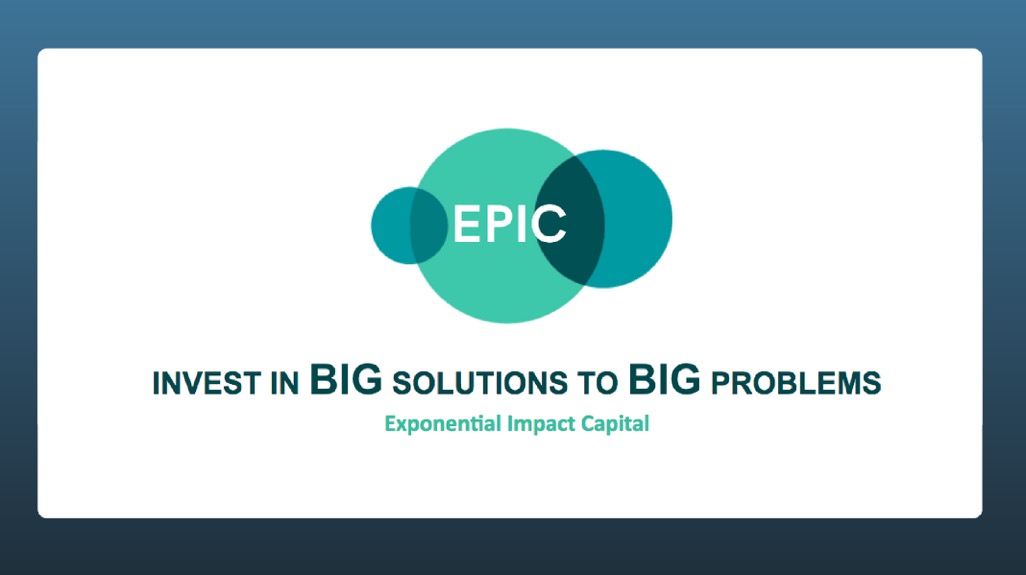
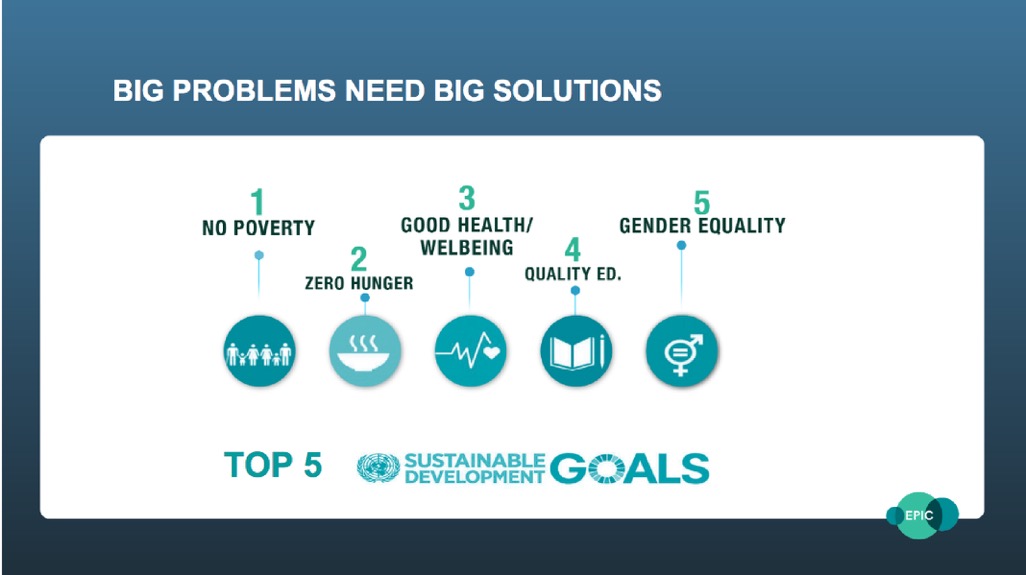
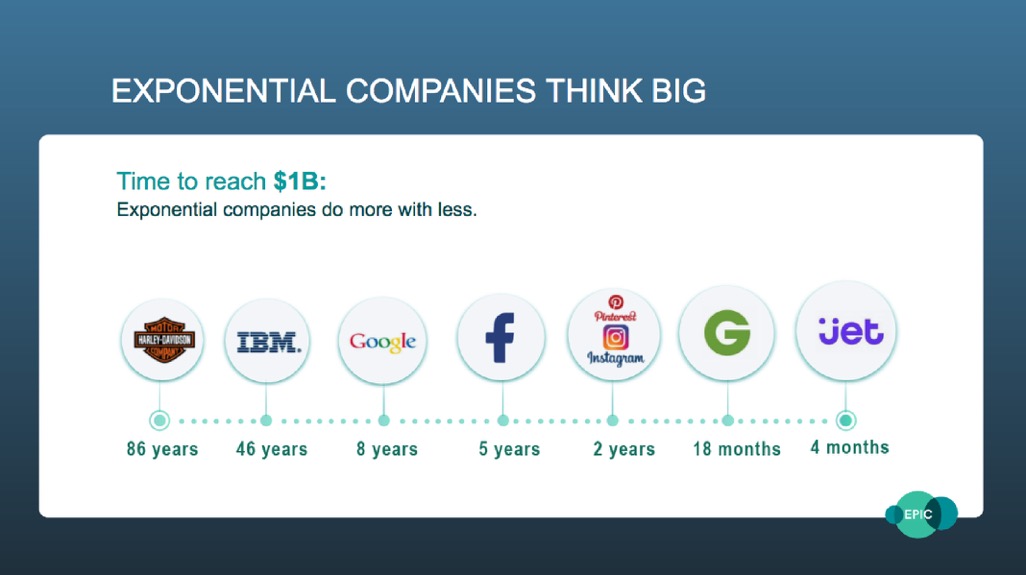
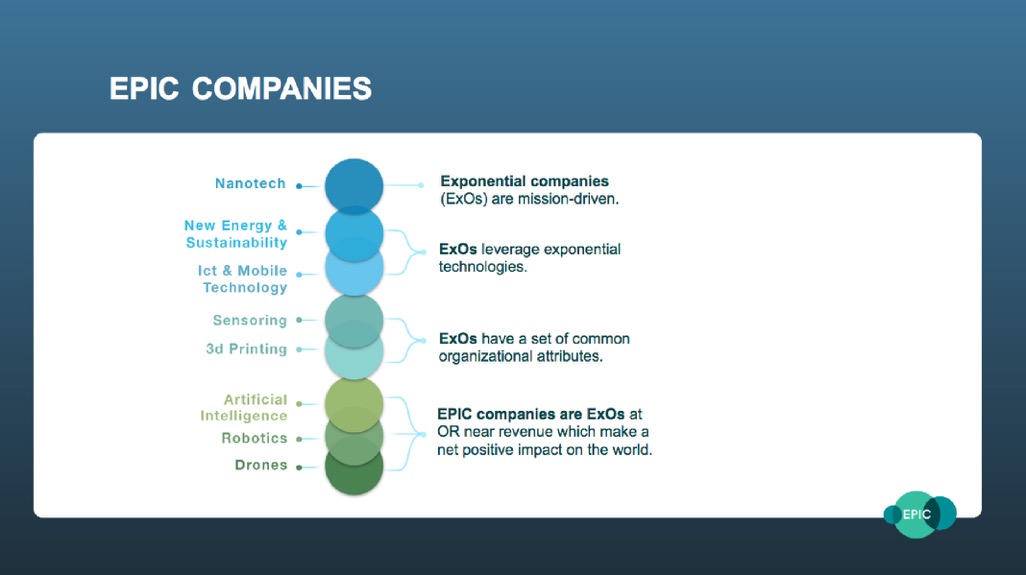
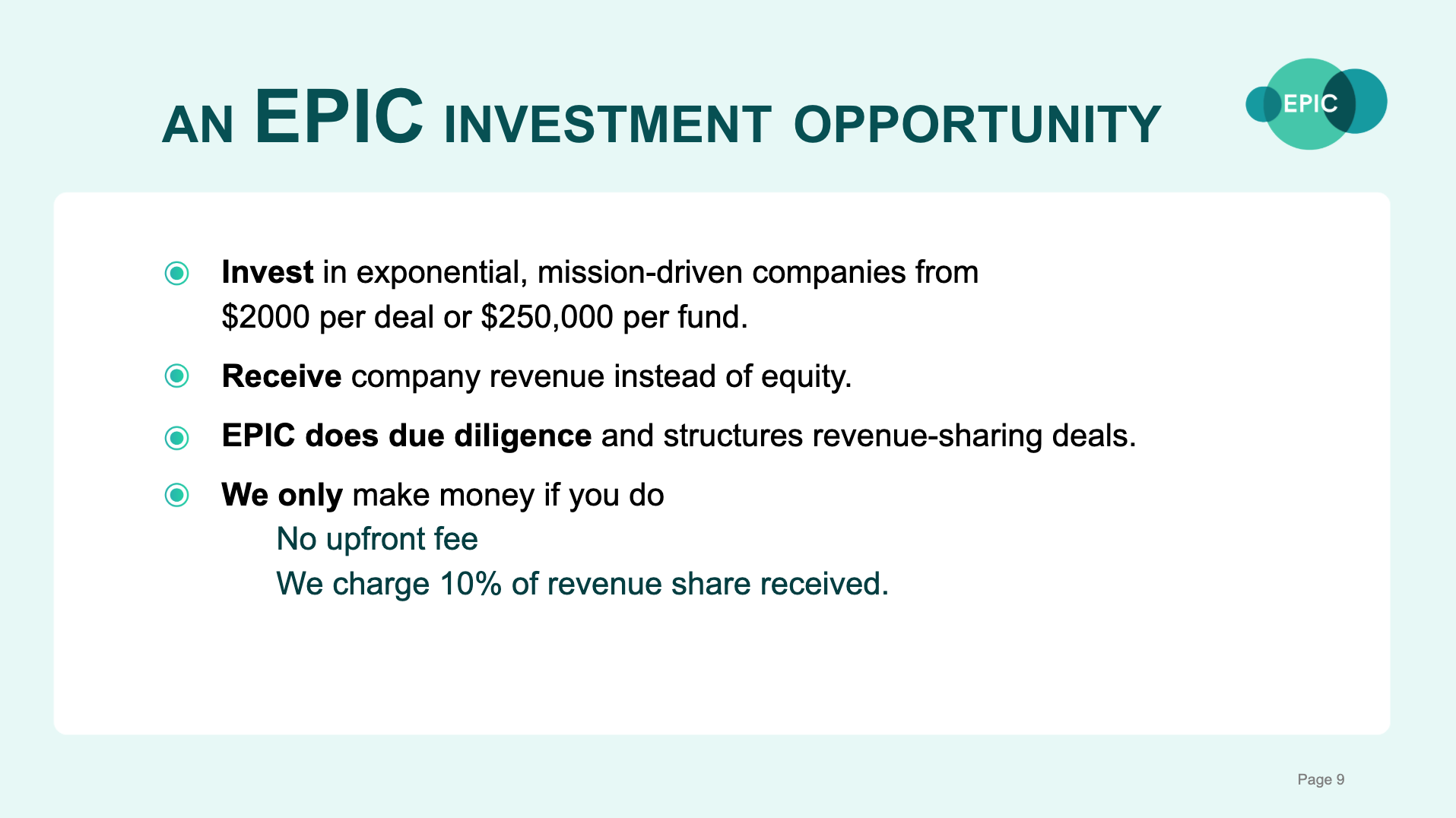
A picture is worth...
We added new slides explaining how EPIC works and the value that it provides to investors but even with this extra material the final presentation only contained 25 slides, 20 less than the original draft. Eli emphasised how important visual design was in the process of condensing the content. “It’s an amazing skill that visual people have to put essence into visuals,” says Eli. “I do think visually engaging content is valuable.”
Less is more
Eli’s original presentation used a lot of buzzwords and her message was sometimes obscured by elaborate language. It was hard to determine what the product actually was and how it differed from existing investment offerings. Even when explaining a complex topic, simplify and use plain language as much as possible.

